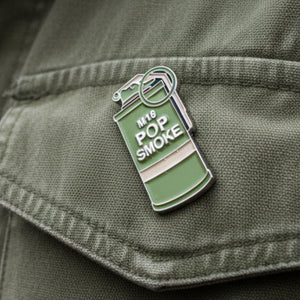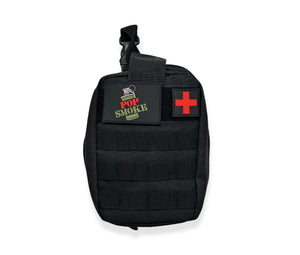Military Myths Debunked: Marines at D-Day
Interservice rivalry is usually just good natured ribbing. Service members are known for having thick skin, and trash-talking in hilarious manners. These cover a wide array of both myths and facts from the various branches. However, one go-to line you often see is just flat out false.

Interservice rivalry is usually just good natured ribbing. Service members are known for having thick skin, and trash-talking in hilarious manners.
Military Myths: There were no Marines at D-Day
Verdict: False
In WW2, the Army was MASSIVE compared to the Marines. Also, the Corps had been almost entirely dedicated to the Pacific Ocean theater for the last year. So, when the mission tasking for Operation Overlord, also known as D-Day, came down the pipe, the Army was up to bat.
Gear Spotlight: Relevant to This Story


Colonel Richard “Hall” Jeschke commanded the 8th Marine Regiment at the Battle of Guadalcanal. As a result, the experienced Marine commander was tasked with helping plan the invasions of both Normandy and Sicily.
He, and a handful of Marines, landed with the invasion force on June 6th, 1944, to relay information back to his Naval commander, Admiral Kirk. Jeschke was awarded the Legion of Merit with Combat “V” for heroism that day. He was also formally recognized by the French government for his bravery before retiring as a Brigadier General. Ryan Jeschke, the grandson of Richard Jeschke, also joined the Marine Corps. Ryan would later be killed in action in 2012 in Afghanistan.
Other Marines present
- Lt Weldon James was a forward observer for the flagship USS Texas, and directed gunfire support. He is credited with directly contributing to the large impact the USS Texas had on the battle.
- Col James Kerr ran a craft back and forth from Utah Beach to keep Rear Admiral Don Moon informed, and helped him to divert forces to appropriate areas, and minimize casualties.
- Capt Herbert Merillat was attached to British Naval forces assigned to taking out a German gun emplacement. He served as a combat correspondent.
- Maj Gen Robert Bare landed with the 3rd Canadian Division and was awarded the Bronze Star for heroism. He would go on to serve in the Palau and Okinawa campaigns. Later, Bare would also serve in Korea, and be awarded the Distinguished Service Medal and the Legion of Merit.
Further context
Historians have documented the role, albeit a small one, of Marines to the success of the mission. They fired at floating mines from the tops of ships and helped train the landing force. A large detachment of Marines stood ready to assist the Rangers, but were never called in. They would later assist in de-arming munitions, such as mines and signal flares
Marines were specifically barred from landing in force to avoid a repeat of WW1 where Marines were given more acclaim than other, and more deserving, Army units. The Marines deserved much of the praise they received in WW1. However, they were credited for battles they were not present at. Thus, the Army was hesitant to allow the Marines to land.
This was the largest amphibious landing in history. Besides the US, it included troops from the Australia, Canada, Belgium, France, Czechoslovakia, Greece, New Zealand, the Netherlands, Norway, Poland, and the United Kingdom. Of the 5 beaches, the US Army was only tasked with taking 2.
Final thoughts
It is a good jab at Marines to point out the Army conducted the the largest amphibious assault in history, but to say no Marines were present is not only false, but disrespectful to those heroes who risked their lives that day. We must not let them be forgotten for the sake of banter. Particularly because some of them had already fought in the Pacific at places like Guadalcanal.













